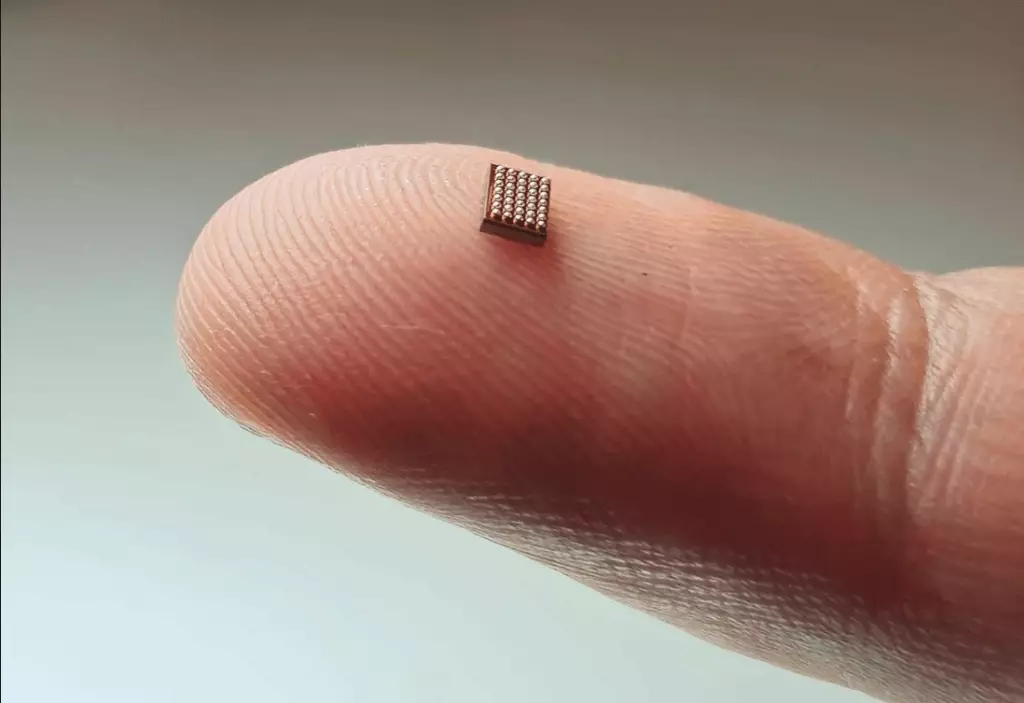In the world of technology, there is a quiet revolution happening in AI hardware that is overshadowed by the latest large language models powered by Nvidia GPUs. This revolution is the rise of neuromorphic computing, a new paradigm that aims to slash the computational and power requirements of AI by significant margins. Neuromorphic systems are designed to mimic the way biological brains process information, using networks of artificial neurons that communicate through spikes, similar to real neurons. This brain-inspired architecture offers distinct advantages, especially for edge computing applications in consumer devices and industrial IoT.
Neuromorphic processors have the ability to perform complex AI tasks using a fraction of the energy compared to traditional solutions. This energy efficiency enables capabilities like continuous environmental awareness in battery-powered devices that were previously unattainable. One such example is Innatera’s flagship product, the Spiking Neural Processor T1, which combines an event-driven computing engine with a conventional CNN accelerator and RISC-V CPU to create a comprehensive platform for ultra-low-power AI in battery-powered devices. The T1 can perform computations with 500 times less energy compared to conventional approaches and achieve pattern recognition speeds about 100 times faster than competitors.
Innatera has partnered with Socionext, a Japanese sensor vendor, to develop an innovative solution for human presence detection using neuromorphic chips. This technology combines a radar sensor with Innatera’s chip to create highly efficient and privacy-preserving devices. For instance, the technology can be used in video doorbells to detect human presence even when a person is motionless, preserving privacy until it’s necessary to activate a camera. This application extends to smart home automation, building security, and even occupancy detection in vehicles, showcasing the transformative potential of neuromorphic computing in everyday devices.
The dramatic improvements in energy efficiency and speed offered by neuromorphic computing have attracted significant industry interest. Innatera has multiple customer engagements and is targeting the sensor-edge applications market with the goal of bringing intelligence to a billion devices by 2030. The company has experienced rapid growth since its inception, with about 75 employees and key hires like Duco Pasmooij, a former VP at Apple. Innatera recently closed a $21 million Series A round with investors like Innavest, InvestNL, EIC Fund, and MIG Capital, underscoring the enthusiasm surrounding neuromorphic computing.
A key factor that could accelerate the adoption of neuromorphic technology is developer-friendly tools. Innatera has built an extensive software development kit that allows application developers to easily target their silicon using a standard PyTorch environment. This approach lowers the barrier to entry for developers familiar with popular machine learning frameworks, enabling them to leverage their existing skills and workflows while tapping into the power and efficiency of neuromorphic computing. The simplicity and speed of building and deploying applications onto Innatera’s chips make them highly attractive for a wide range of AI applications.
As the tech industry acknowledges the need for radically new chip architectures, the rise of neuromorphic computing represents an exciting frontier in chip design with the potential to enable a new generation of intelligent and sustainable devices. While large language models dominate the headlines, the future of AI may lie in chips that think more like our own brains. Neuromorphic systems have the capability to bridge the efficiency gap that current architectures face, paving the way for faster, more efficient, and more intelligent AI systems. With companies like Innatera leading the charge, the next few years are poised to be groundbreaking in the field of AI and neuromorphic computing.


Leave a Reply